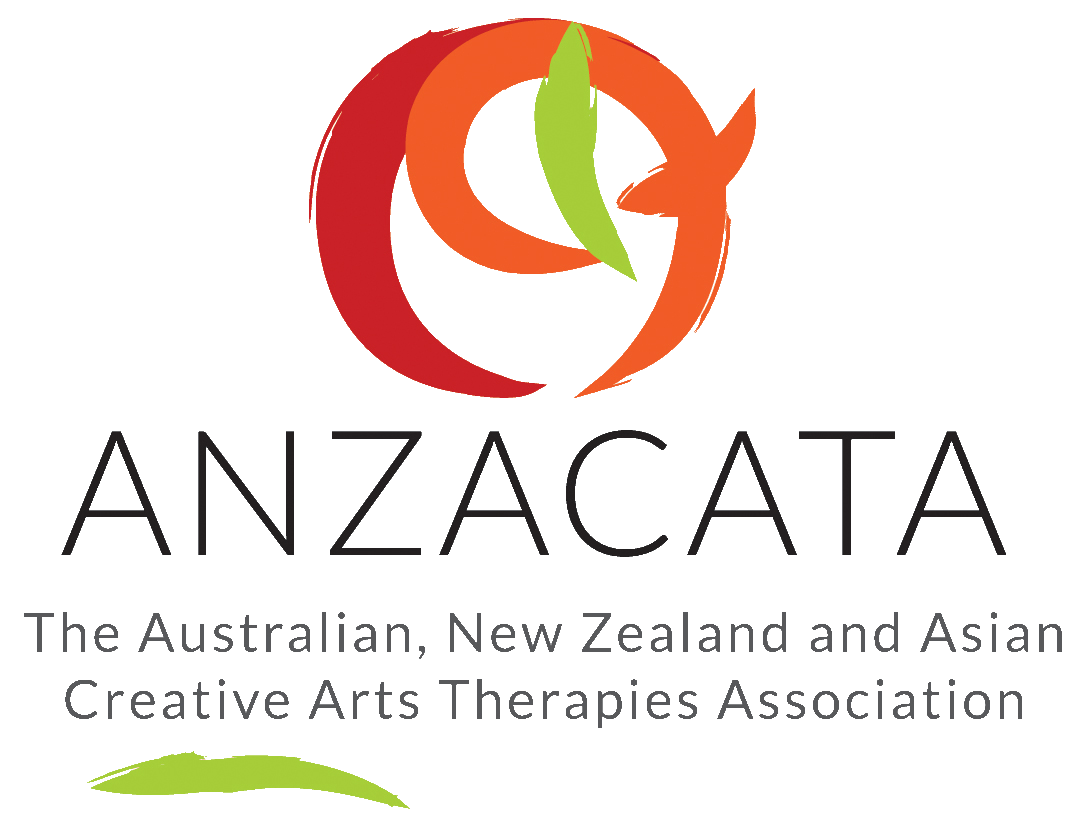
Shannon Silcock
art therapist

What is Art Therapy?

Art therapy is practiced by qualified art therapists who work with children, young people, adults and the elderly. Clients do not need to have any previous experience or expertise in art. The overall aim of its practitioners is to enable a client to effect change and growth on a personal level through the use of art materials in a safe and facilitating environment.
Art therapists have a considerable understanding of art processes underpinned by a sound knowledge of therapeutic practice, and work with both individuals and groups depending on a client's needs.
Art therapy differs from other psychological therapies in that it is a three-way process between the client, the therapist and the image. It offers the opportunity for expression and communication and can be particularly helpful to those who find it hard to express their thoughts and feelings verbally.
As their image-making develops, a permanent record of feelings and
experiences is created. With the help of the therapist or group, meanings
can be explored and as a result, different aspects of the self can be
understood at a safe distance.
Art therapy is based on the idea that creativity enhances the well-being of all people and is a natural aspect of all cultures and human experience. It harnesses the imagination and a sense of play. Art therapy is holistic – attending to emotional, cognitive, physical and spiritual well-being – and aligns well with indigenous models of health and well-being.
N.B Information on this site is from ANZACATA (Australian NZ and Asian Creative Art Therapies Association) www.anzacata.org and BAAT (British Association of Art Therapists) www.baat.org